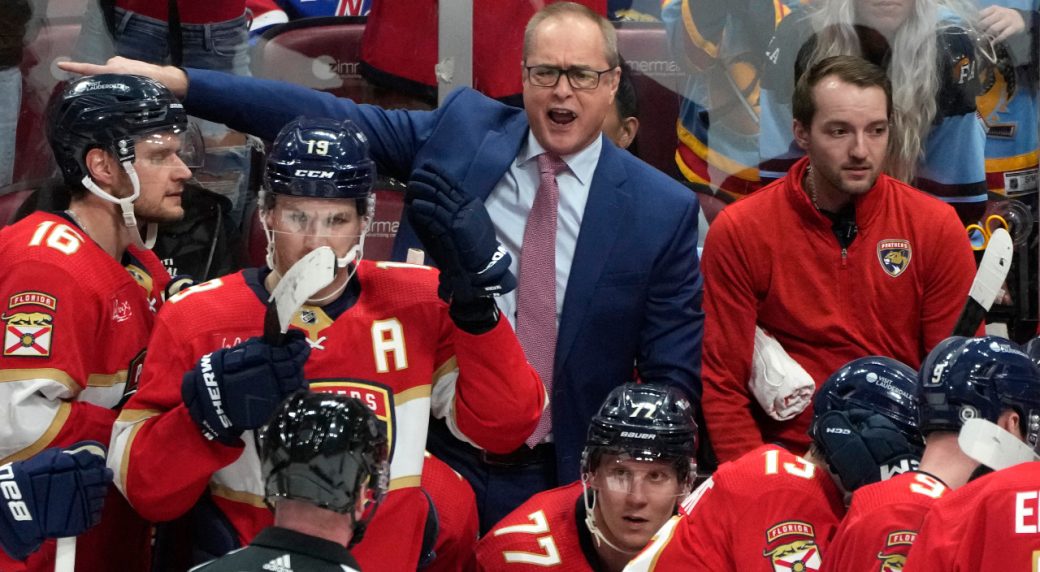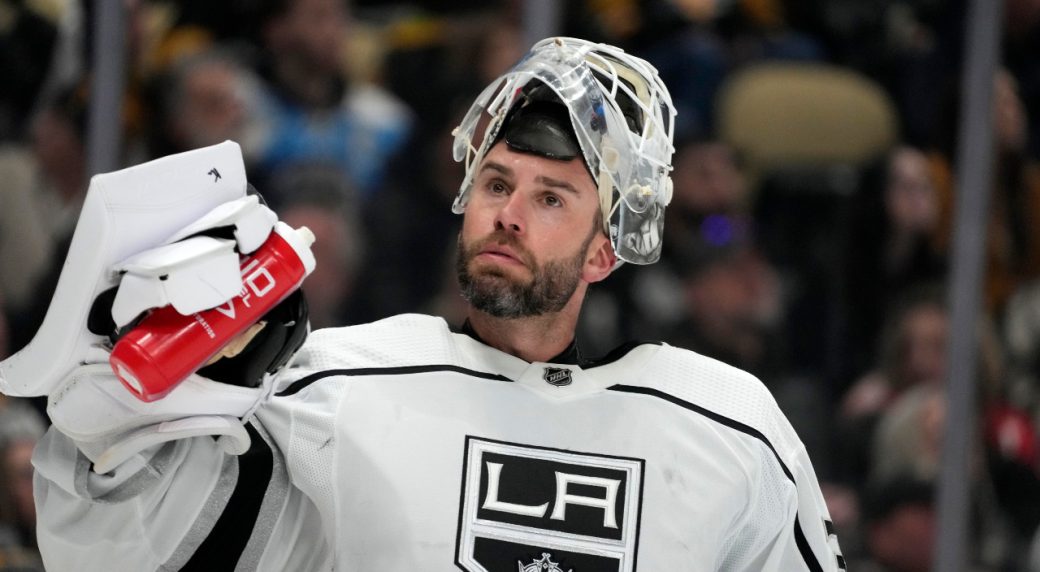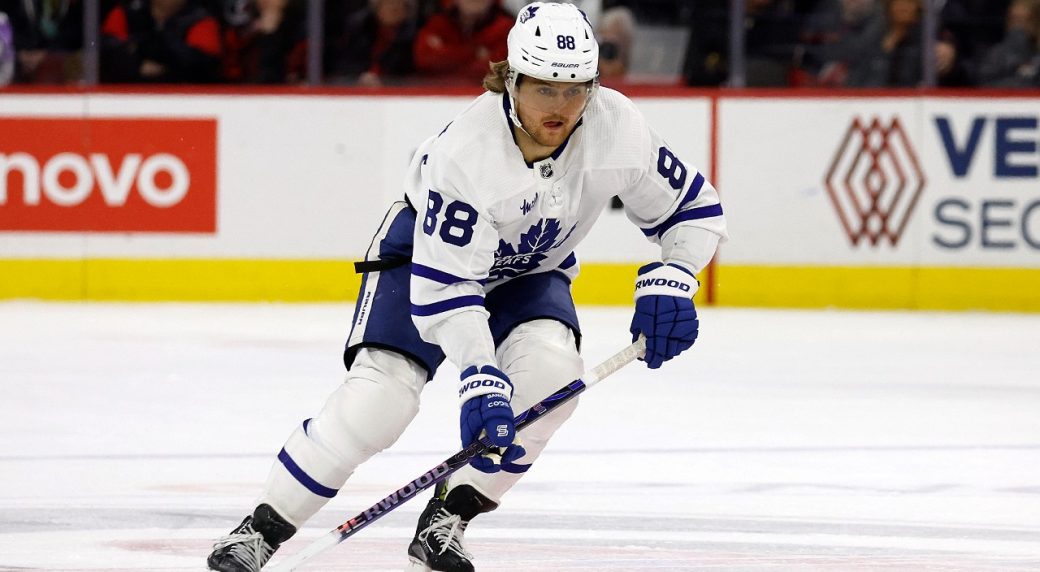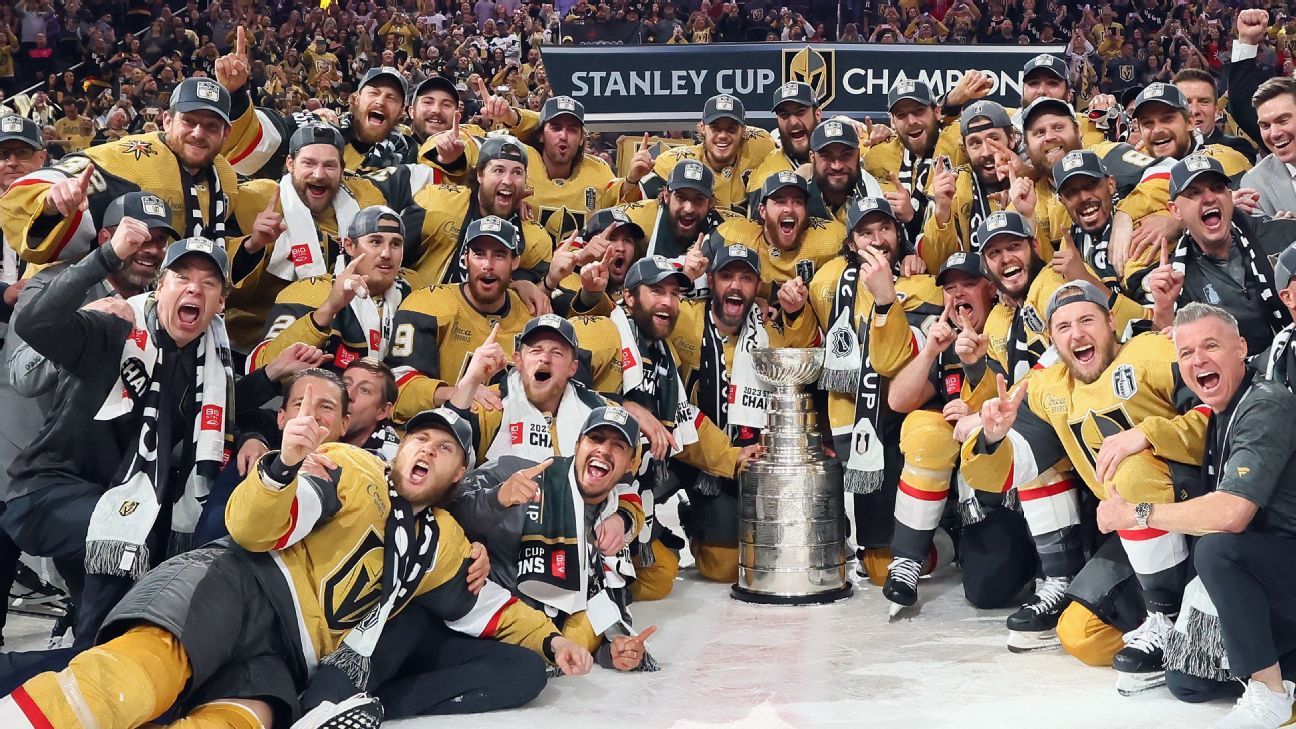Reflections on Overtime Dynamics
Discussions during the recent general managers’ meetings in Florida highlighted the topic of 3-on-3 overtime, revealing a lack of substantial changes to the format. While the frustration with frequent neutral-zone regroups is palpable, these occurrences are perceived as a symptom rather than a cause.
The fundamental problem lies in the evolving nature of overtime gameplay, which now emphasizes possession and precision. Winning the initial draw grants a significant advantage in creating scoring opportunities compared to regular 5-on-5 play. Consequently, teams tend to retain possession, seek secure areas on the ice, and only take shots in high-probability situations.
Contrary to the dynamic nature of 3-on-3 overtime’s inception in 2015, characterized by rapid rushes and abundant scoring chances, the current iteration favors a more deliberate approach. This strategic shift occurred as coaches adapted their tactics to the new format, leading to a decline in the frenetic pace of play.
Evolution of Game Dynamics
Initially heralded for its unpredictability and excitement, the shift towards a more controlled style in 3-on-3 overtime reflects a trend towards coachability and strategic adjustments. The initial chaos and uninhibited creativity gave way to structured play as coaching influence became more pronounced.
While the transition to a more ordered style may have tempered the exhilaration of overtime, it underscores the adaptability and tactical acumen of coaches in molding gameplay to their advantage.
Empowering Video Coaches in Hockey
The burgeoning role of video coaches in hockey has garnered significant attention due to their pivotal impact on game outcomes and player development. Recent anecdotes underscore the critical interventions made by video coaches, such as the pivotal call in a playoff game that altered the course of a series.
The value of video reviews in potentially saving millions for organizations elucidates the need for skilled and decisive video coaches. Recognizing their contributions as essential components of a team’s success highlights the growing importance of this role across all NHL franchises.
Adapting Tradition to Modern Realities
Amidst discussions on potential rule changes and the evolving landscape of hockey, a notable sentiment emerged regarding the need to balance tradition with innovation. While reverence for hockey’s history is commendable, the sport must remain agile and responsive to contemporary trends to retain relevance and engagement.
Resisting the urge to cling rigidly to tradition underscores the importance of adapting to shifting preferences and demands within the evolving sports landscape. Embracing change and fostering a culture of continual evolution ensures the vitality and appeal of hockey among diverse audiences.
Image/Photo credit: source url





